
About Benign Positional Vertigo
Benign paroxysmal positional vertigo is a condition characterized by brief episodes of mild to intensive dizziness. The symptoms of benign paroxysmal positional vertigo are typically triggered by changes in the position of the head such as tipping the head up and down or sudden turning of the head from left to right. This is a rather bothersome condition. However, it rarely leads to falls or more serious complications.
Benign paroxysmal positional vertigo typically leads to dizziness, a sense that surrounding is spinning or moving, lightheadedness, unsteadiness and loss of balance. Some patients additionally complain of blurred vision, nausea and vomiting. Symptoms and signs of the condition come and go and generally do not last longer than one minute. Recurrence of the benign paroxysmal positional vertigo is associated with changes in the position of the head.
It is generally a problem to identify the underlying cause of the condition in approximately half of all patients. The condition may originate from a minor or severe blow in the head while less common causes include damage to the inner ear or damage associated with ear surgery.
It is essential to mention a role of the ear, to be more precise a tiny little organ situated inside the ear. It is called the vestibular labyrinth and is made of three loop-shaped structures (semicircular canals). These canals contain fluid and fine sensors. They monitor the movement of the head in all three directions. Otoliths are crystals that change their position when the head is moving and stimulate receptors inside the labyrinth. This way the brain receives information about our position. But if these receptors become too sensitive to stimulation one may have problems such as vertigo.
Therapy for Benign Paroxysmal Positional Vertigo
Patients suffering from benign paroxysmal positional vertigo are treated with the Epley maneuver. The maneuver is performed by a doctor, physical therapist and in some cases it can be also performed by the patient himself. During the procedure the patient sits upright. Then he/she turns the head to the symptomatic side at a 45 degree angle and lies on his/her back. The person is supposed to remain in this position for up to 5 minutes. After that the head is turned to the other side for 90 degrees. The head is kept in such position for up to 5 minutes. And finally, the patient rolls his/her body onto one side in the direction he/she is facing. This way he/she is pointing the head nose down. This position also lasts for up to 5 minutes. After that the person goes back into the sitting position (stays in sitting position for 30 seconds). The entire procedure is supposed to be repeated two more times.
Some patients suffering from benign paroxysmal positional vertigo may benefit from common motion sickness drugs such as meclizine or dimenhydrinate. Only in rare cases patients are treated surgically. During the surgical procedure for benign paroxysmal positional vertigo a bone plug is used to block the portion of the inner ear responsible for vertigo.







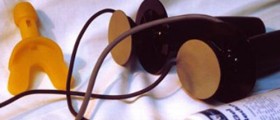
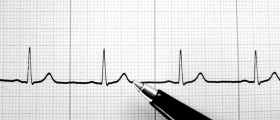

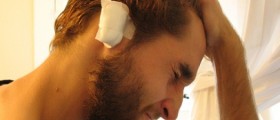


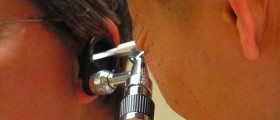


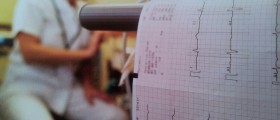
Your thoughts on this
Loading...